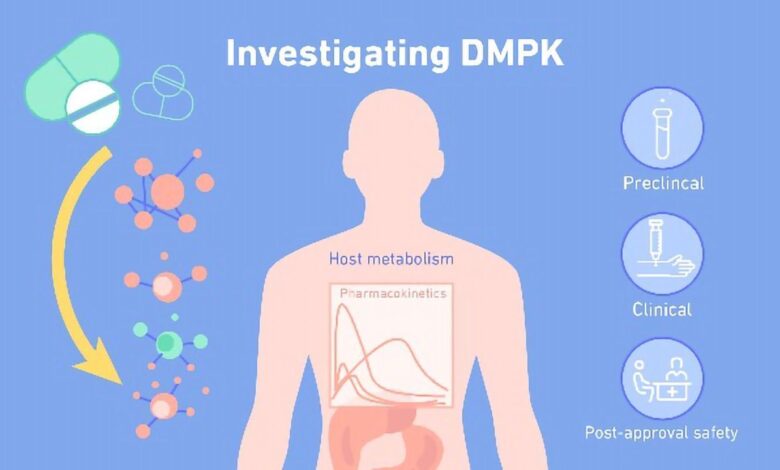A Successful Approach To Analyze The Rate Of Drug Absorption using Bioavailability Assays

In clinical research, both bioavailability and bioequivalence (BABE) studies are critical early steps of drug development projects Bioavailability is the amount of drug administered that becomes available at the site of action. Bioavailability assays measure drug concentration in the blood or plasma once it enters the systemic circulation. On the other hand, bioequivalence studies assess the therapeutic equivalence between a test drug product and a reference-listed drug.
BABE studies are also vital components of pharmacokinetics assessments. Pharmacokinetic studies help understand the change in plasma drug concentration in a body with respect to time. Hence, they form a crucial step in drug discovery efforts. BE studies evaluate in vivo bioequivalence between two drug preparations. If in vivo bioequivalence studies demonstrate equivalence between two drug products, the reference listed drug can be substituted by the test drug in clinical practice. Thus, bioavailability and bioequivalence CRO employ efficient bioavailability assay for analyzing the rate of drug absorption. Let us dive deep into bioavailability approaches for analyzing the rate of drug absorption.
Bioavailability assay approaches for analyzing drug absorption
The primary objective of a bioavailability study decides the approach for analyzing drug absorption. Hence, an ideal strategy must consider all factors for minimizing experimental errors. Some fundamental considerations for bioavailability assays include:
- The research question to be answered
- Availability of scientific methods
- Benefit-risk ratios
- And the nature of the reference drug product.
Besides, bioavailability assays are influenced by several factors, including age, sex, eating habits, disease conditions, weight, experimental design, mode and time of drug administration, and experimental and compartmental models. Hence, incorporating all these factors is necessary for the successful conduct of drug absorption studies.
Ideally, bioavailability designs should differentiate formulation effects from other potential discrepancies. While comparing two formulations, a crossover design with two-period, two-sequence is ideal for bioavailability assays. However, sponsors can use parallel study designs for highly variable drug products.
A washout period is a time difference between two treatments. Washout periods are crucial to ensure that the administered drug is eliminated from the body. Most crossover designs have at least ten half-lives between treatments. This number ensures about 99.9% elimination of the administered dose from the body. However, the washout period must also ensure that drug metabolites are excreted from the body.
An ideal bioavailability assay will administer drug products randomly to study participants. However, blood samples will be withdrawn at fixed intervals. The time difference between different withdrawals will vary from 10 to 20 minutes, depending on the number of participants and technicians involved. Sponsors must diligently follow sampling protocols because any discrepancies will significantly affect the actual drug results observed in a particular clinical setting. Besides, bioavailability assays require specific estimates of Cmax, Tmax, and the area under the curve from the clinical study. Hence, the frequency and duration of sampling are vital for bioavailability studies.
Conclusion
Bioavailability systems are widely used to assess the absorption rate of drug products. However, a combined approach from sponsors, research organizations, drug developers, and regulatory agencies will be necessary to streamline its use in the drug development process.



